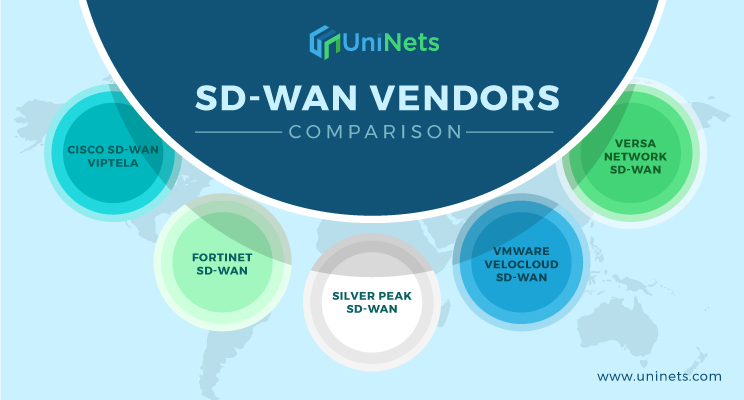
SDN is stands for Software Defined Networking that makes your network on demand, it says that we have two boxes i.e. white box and black box. The entire control plane will reside in the controller only and controller will provide a flow table to all the switches through which your data plane works. New operational models are driving the need for infrastructure.
Cisco ACI is an element one among SDxCentral’s series to elucidate the Cisco ACI (Application Centric Infrastructure) framework and the way it’s the Cisco SDN Solution. Cisco ACI is new data center architecture designed to address the necessities of today’s traditional networks, as well as to meet rising demands that new computing trends and business factors are placing on the network.
Cisco’s Application Centric Infrastructure approach targets on the most crucial thing in the data-center: applications. What we do in the data center ultimately is used to support those applications and the data that they work on because that is what ultimately drives business value.
Remember that Cisco ACI supports software-based overlays that either terminate on the Cisco ACI fabric or run over the top. The end user can decide how to deploy workloads in the optional modes of deployment. The purpose is that Cisco ACI does not rely on software-based overlays to attain the flexibility and agility sought in SDN.
When implementing an overlay there are 3 major tasks that got to be accomplished and that they were all used in the instance.
● Firstly, there should be a mechanism to forward packets through the network. Traditional networking mechanisms work fine for this.
● Secondly, there should be a mapping database where the location of a device or application can be lookup up and the result used to encapsulate the packet.
● Thirdly, there must be a way to update the mapping database such that it is always as perfect as possible. Having the incorrect information in the mapping database would result in packets being sent to the incorrect location and likely dropped.
What you’ll learn
●Understanding of Overlay SDN Solutions
● Compare between overlay and underlay networks
● Describe advantages of VMware NSX
● Describe advantages of Nuage Networks VSP
Who this course is for?
● This course is mainly designed for-
● Network Engineers
● Computer Science Students
Cisco ACI introduces a new model to explain connectivity in the data center through group-based policy. As the result policy intent is abstracted, the end user can define how certain “things” connect to other “things” in the data center.
The use of overlay networking technologies is another common characteristic to a variety of SDN architectures. Overlay networks, offers a construct for the creation of logical networks that can be leveraged by edge devices and applications. Some of the benefits of overlay networks are as follows:
● They can offer logical layer-2 adjacency without the requirement to create physically adjacent layer-2 networks. This is particularly useful for provisioning multi-datacenter surroundings where logical layer-2 connectivity is needed across layer-3 boundaries.
● Some tunneling technologies offer much greater numbers of layer-2 networks than VLANs, which generally are limited to 4000 segments.
● Faster and potentially simpler network provisioning and orchestration since interacting with the physical network is not needed.
The IT industry goes through an important transformation, cloud computing, with BYOD, IT as a service, big data, and security now prominent concerns. Simultaneously organizations increasingly want to reduce overall IT spending and to provide much-improved levels of service to business units and functions by increasing overall IT agility.
Comments (0)
Categories
Popular posts

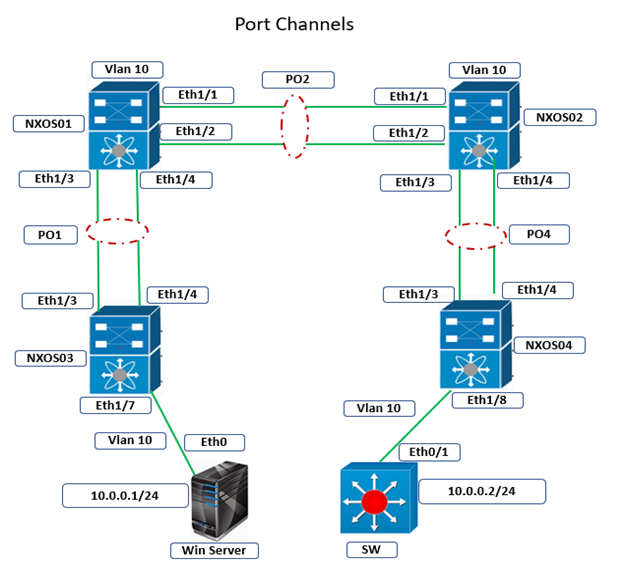
Cisco Nexus Port Channel: Configuring ...
24 Apr 2024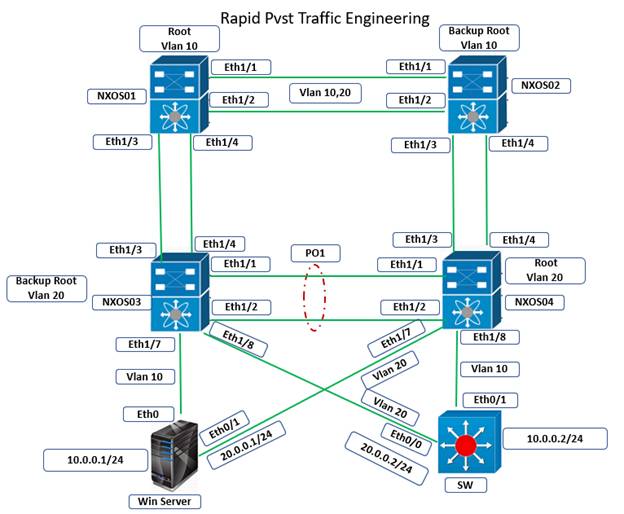
Configure Rapid PVST on Cisco Nexus
5 Apr 2024
Palo Alto Exam Cost: PCNSA, PCNSE & More
28 Mar 2024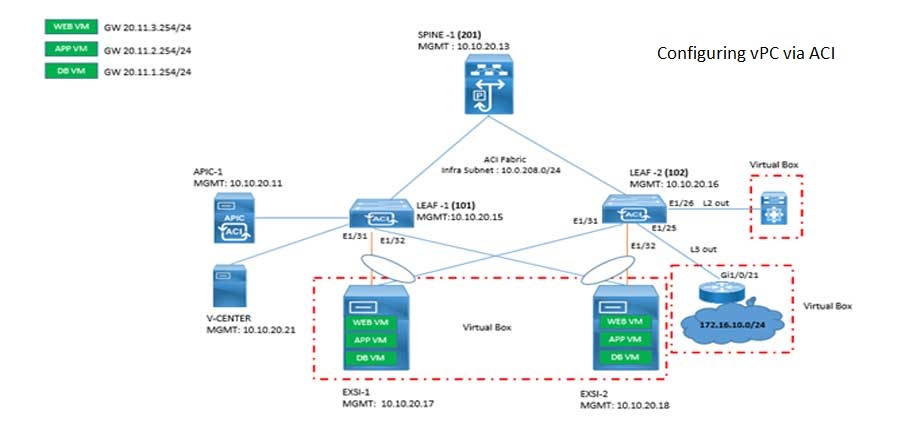
Cisco ACI VPC Configuration Task Steps
6 Jan 2024Recent posts

Cisco Nexus Port Channel: Configuring ...
24 Apr 2024
CCNA Course Syllabus: Topics Explained
24 Apr 2024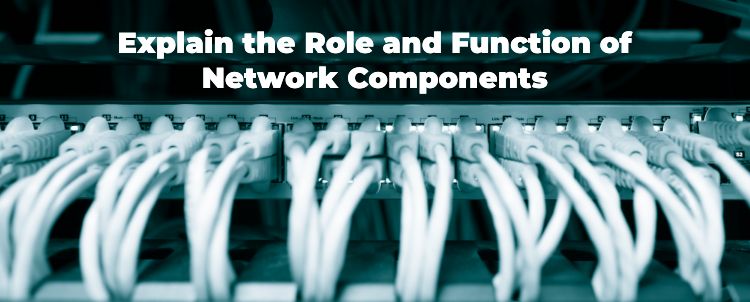
Network Hardware Devices: Explained
24 Apr 2024
AWS Certification Path: Amazon Cloud
23 Apr 2024